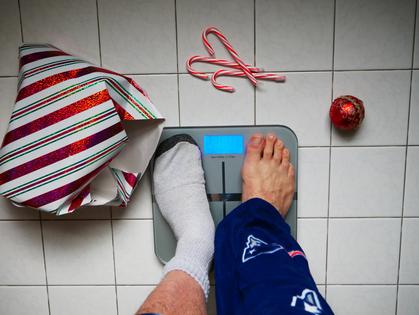Mayo Clinic Q&A: Making New Year's resolutions that stick
Published in Health & Fitness
DEAR MAYO CLINIC: Every year I make one or more New Year’s resolutions that I have every intention of starting on Jan. 1. But I find myself losing momentum quickly into the new year when the holiday merriment starts to fade. Do you have tips for achieving resolutions and goals?
ANSWER: It is the time of year again when people make New Year’s resolutions, many of which are health related. Losing weight, eating healthier, exercising and quitting smoking are popular choices. Losing weight often leads the list, but it also is the most difficult to accomplish.
New Year’s resolutions are easy to make, but not so easy to achieve. To make the resolution into an actual solution, you need to spend time preparing and planning. There is no magic button for keeping a resolution.
The first step toward success is developing a structured health plan. Your health plan should include where you’re headed and why you want to get there. Be realistic about what challenges you may face along the way and define how you plan to work through the challenges.
The second step is to visualize your goals. Think about a what a healthy future might look like to you. Convert those thoughts into a short, clear statement: your health vision.
While there are many ways to write a health vision, one popular format is: “I want to _(blank)_, so I __(blank)__.” Examples may be: “I want to lose weight, so I have more energy to enjoy life.” Or, “I want to have better balance between my work and personal life, so I have more quality time for myself and for my family.”
After you create a health vision, the third step is to set SMART goals. SMART is an acronym that is all about achieving identified goals to produce a feeling of accomplishment and much-needed motivation to fuel your health journey.
SMART means:
Your SMART goals should consist of long-term and short-term goals. Establish your long-term goal first. An example of a long-term goal is: “I will walk briskly for 30 minutes each day at least five days a week.”
However, if you haven’t been exercising on a regular basis, there often is a need for intermediary, short-term goals. For example: “I will walk 15 minutes during my lunch hour at least three days each week for the next month.” After reaching your short-term goal, extend your efforts gradually, until you ultimately accomplish your long-term goal.
Finally, accept challenges, and don’t give up. Nearly everyone will face challenges during their health journey. Perhaps it’s a busy family life, work, school, medical issues or peer pressure to continue bad habits. It’s important to identify potential challenges and envision strategies to address them as part of an effective health plan.
Here are a few tips for success:
Embracing a healthy lifestyle is an ongoing, dynamic process. Use the new year as an opportunity to start the journey to living a healthier life — Gabriel Berendes, M.D., Family Medicine, Mayo Clinic Health System, La Crosse, Wisconsin
(Mayo Clinic Q & A is an educational resource and doesn’t replace regular medical care. E-mail a question to MayoClinicQ&A@mayo.edu. For more information, visit www.mayoclinic.org.)
©2022 Mayo Foundation for Medical Education and Research. All Rights Reserved. Distributed by Tribune Content Agency, LLC.










Comments